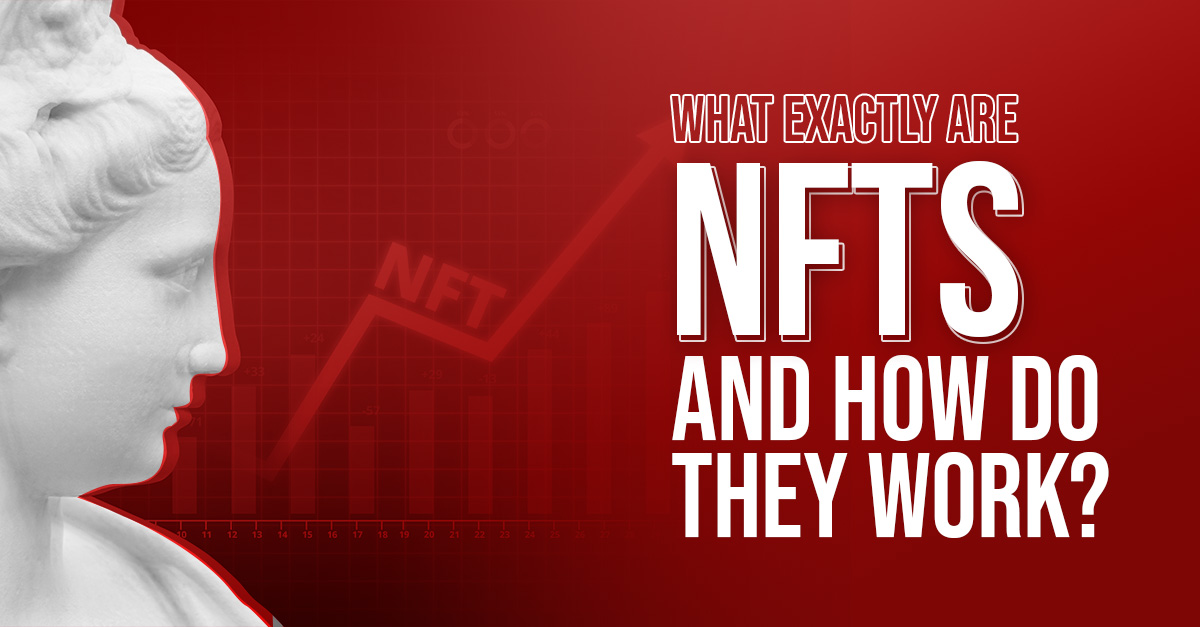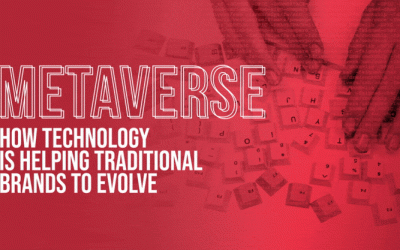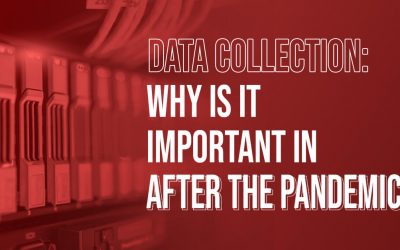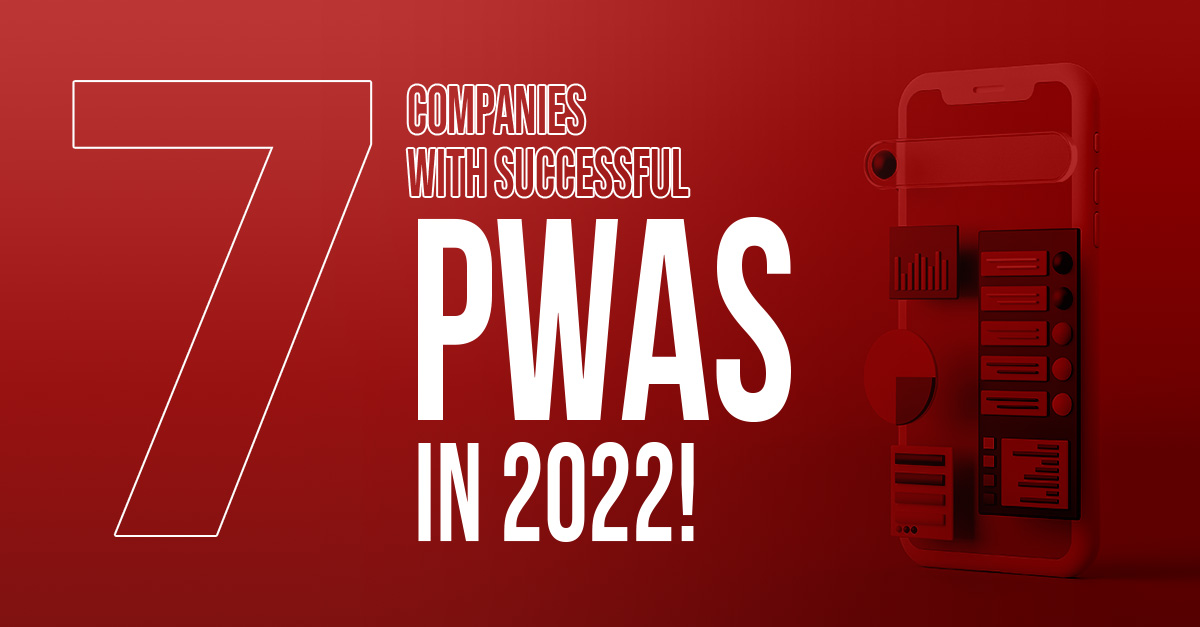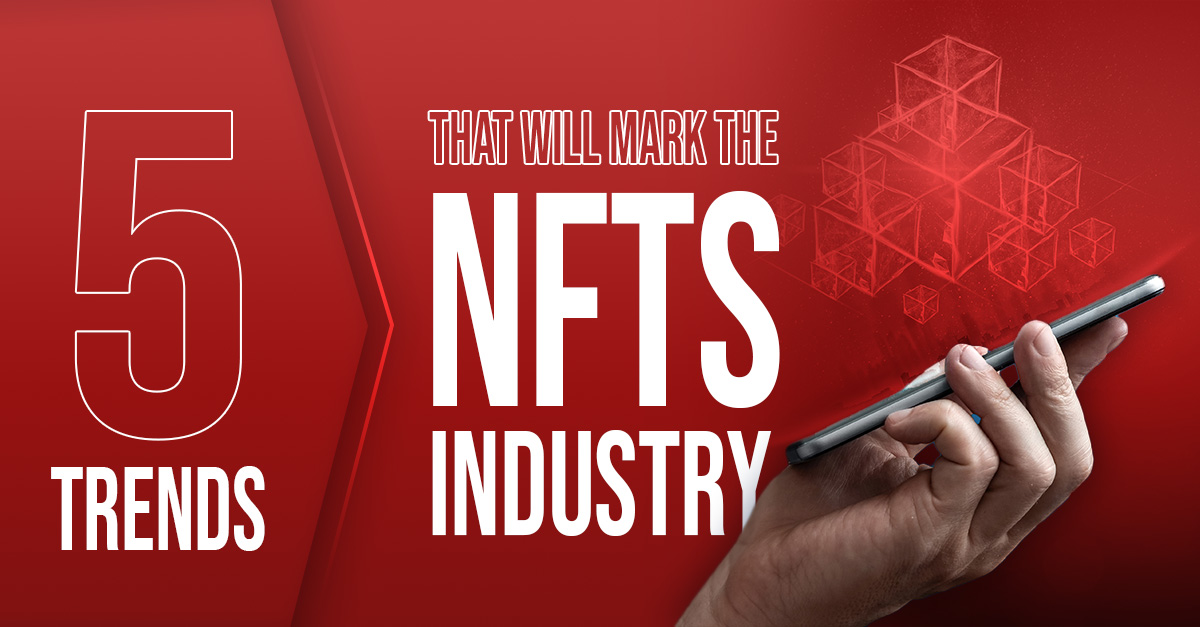NFTs are not an easy concept to understand, however, they continue to be in trend and revolutionize markets. That is why we have created this straightforward guide on NFTs: How to understand them without going crazy.
What are exactly NFTs and How do they work? In a simple way, Non-Fungible Tokens are unique digital assets stored on a blockchain. In other words, unique pieces of individual content. Any digital work, including physical goods, which can be represented in digital form, can be turned into a non-fungible token.
NFTs are safely recorded on a blockchain which ensures the asset is one-of-a-kind. Therefore, we cannot exchange them as cryptocurrencies, which are all the same. After that, the participants have access to a shared database, and they can track each transaction made over the same NFT.
In addition to digital art, tweets, or video games, NFTs are applied to other sectors and industries such as collections, music, cinema, sports, and fashion. Many things that today are not protected by intellectual property regulations can be covered and preserved by Blockchain technology. In other words, it is shown that NFTs come to the aid of intellectual property on the Internet.
NFTS impact on the art market
Mike Winkelmann, also known as Beeple, is a digital artist who became world-famous after he uploaded as an NFT a piece of his art every day for 13 and a half years and then created a collage which he called “The First 5000 Days”. He sold this NFT for $69 million at Christie’s auction. This was the first time that the well-known auction house had a NFTs as an asset in one of his events.
But how do you protect digital art from being “poached”? Well, it is not like you can right-click and save the image below and you will be considered “the owner of the artwork.” In other words, Beeple’s original file is stored in a blockchain, and the file you might copy does not carry the information that makes it part of the blockchain.
In conclusion, the person who bought the piece bought the metadata associated with the work; not the work itself. Which means, digitally speaking he is the owner of a part of the artwork, and the blockchain itself verifies the authenticity of such a piece.
More than Art:
NFTs, Brands and the Metaverse
Art is just the beginning for NFTs. With Mark Zuckerberg’s fascination with the metaverse, companies are tying NFTs exclusively to digital assets for virtual avatars, but they may be missing a bigger shift. In the coming years, NFTs could be the digital point of contact between brands and their consumers.
It is the underlying technology that is identified as a unique experience or tied to a physical object. For instance, Nike’s 2019 CryptoKick patent associates a physical pair of shoes with a blockchain-based digital wallet.
Another example is from Beiersdorf brand, Nivea. They launched with Clarissa Baldassari, an Italian visual artist, a piece called “The Value of Touch”. Clarissa is a visually impaired woman who has experimented art without a conventional sight using his sense of touch. These pieces were converted into NFTs and are already sold out.
Through this collaboration, Nive was looking to support people who are at risk of being lonely. From preterm born babies, visually impaired, elderly, and women in vulnerable situations. The hope of this campaign was to create a positive impact on individual health and wellbeing.
The Possible Future of NFTs for Brands
Although there are still many skeptics when it comes to NFTs, certainly this technology might represent an interesting opportunity for brands to evaluate other ways to innovate and connect with their users. Not to mention, the great chance it represents for artists and photographers to change the way art has been perceived, and all this thanks to technology. We might be even looking at a connection with other more conventional markets, like food & beverage brands. Finally, it will all depend on the creativity and resourcefulness of brand creatives in the future.

